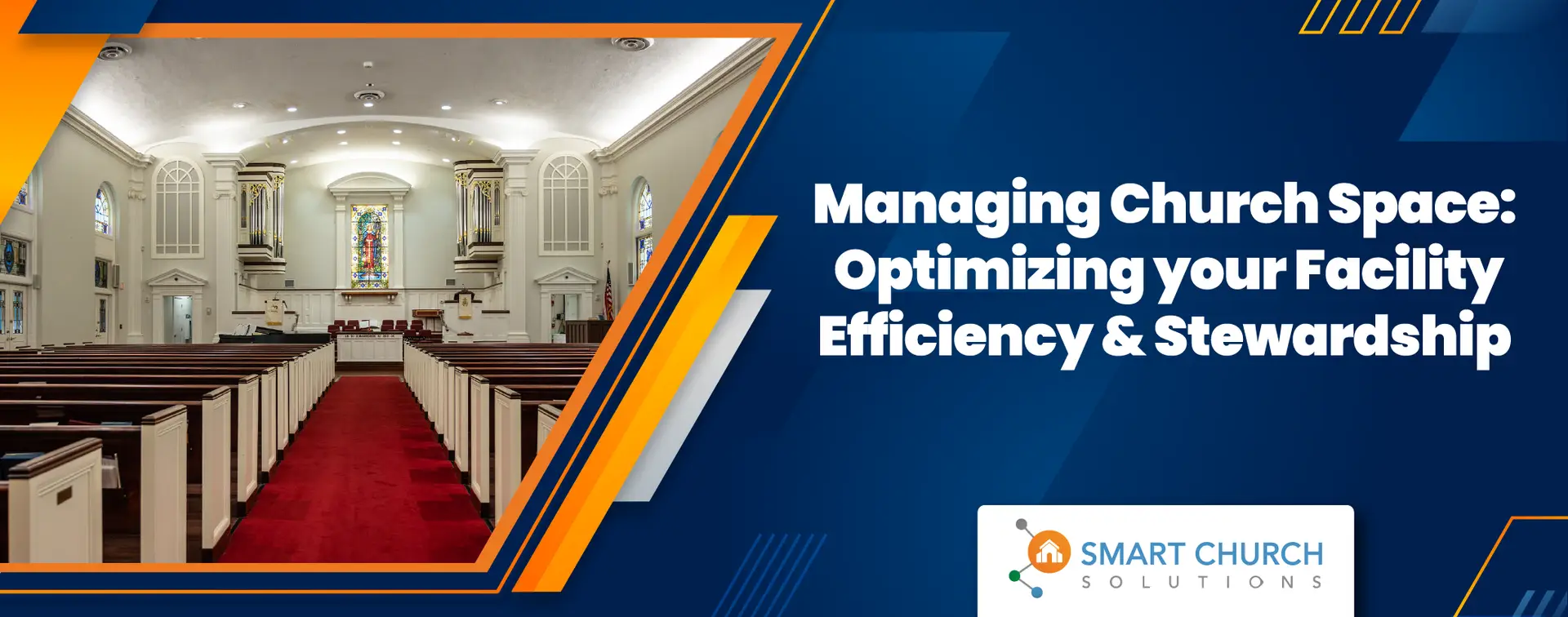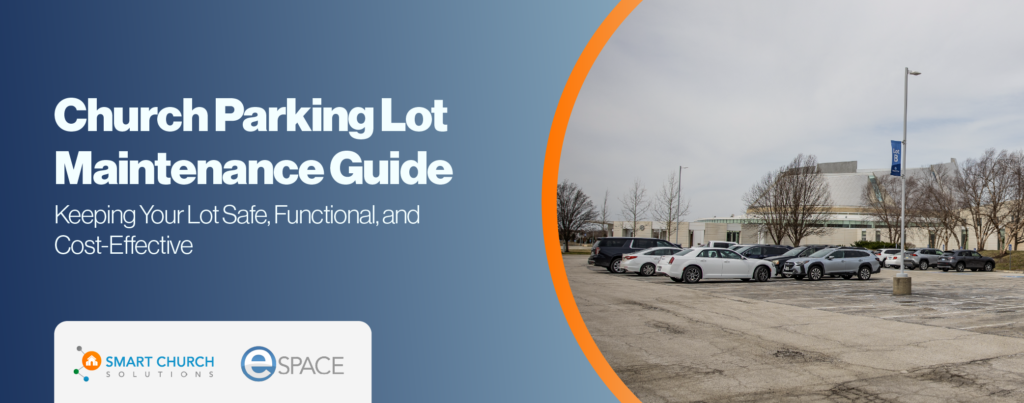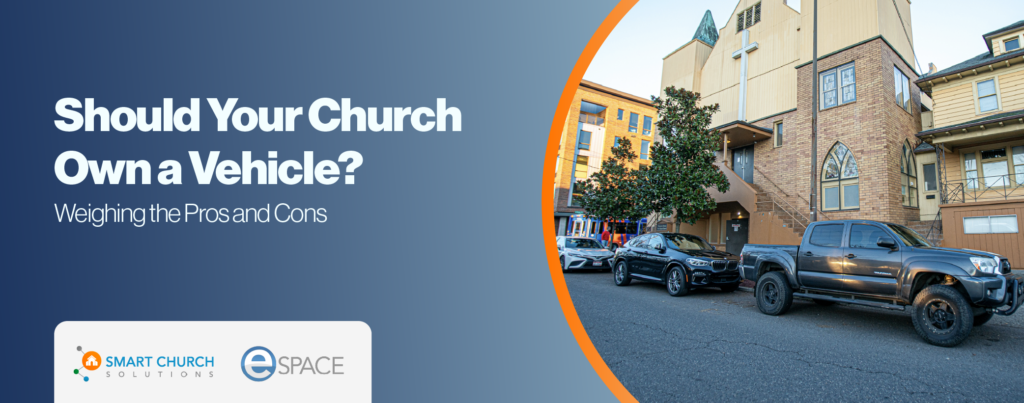Understanding Space Utilization in Church Facilities
Efficient space management is vital for churches striving to foster community, host events seamlessly, and steward their resources effectively. Whether you’re managing one building or an extensive campus, optimizing your church’s space utilization is key to meeting the needs of your congregation and ministry activities.
Evaluating Interior Spaces for Optimal Use
When assessing your church’s space management, it’s essential to thoroughly review all interior rooms and their current usage. For example, are classrooms being repurposed as storage areas instead of their intended use? Are spaces better suited for specific ministry events but need to be more utilized or matched? Reviewing these aspects helps ensure that rooms are maximized for their best purpose.
Consider whether furnishings align with their function—do they support small group meetings, or are they better suited for larger assemblies? Additionally, assess how easily spaces can be shared between ministries. Flexibility in how rooms are used can contribute to a more dynamic and resourceful facility.
This approach not only highlights underutilized spaces but also aids in aligning the physical space with the church’s mission and evolving needs.
Strategic Booking of Events
When booking events, consider the size and suitability of spaces to minimize unnecessary HVAC use and cleaning. Guide small group meetings to appropriate-sized rooms to reduce the energy cost and cleaning effort needed for larger spaces. For instance, placing a small women’s ministry group in a cozy room with couches rather than a large worship space can significantly reduce heating, cooling, and cleaning costs.
Integrating HVAC Management with Event Scheduling
An often overlooked aspect of space management is HVAC control. Traditional HVAC setups run based on fixed schedules, which may not align with actual facility use. Integrating HVAC controls with event scheduling software ensures that heating and cooling systems operate only when areas are actively used, reducing energy waste and costs.
Benefits of Digital Floor Plans and Event Scheduling Software
Utilizing digital floor plans and event scheduling software can enhance space management by visually representing space usage and allowing for efficient planning.
These tools help in:
- Maximizing Occupancy: Ensuring spaces are used to their full potential without overuse.
- Maintenance Scheduling: Linking space usage to maintenance schedules ensures high-traffic areas receive timely upkeep.
- Cost Management: Understanding space utilization helps make informed decisions about energy use, maintenance, and renovations.
Space Management as Part of Event Planning
Effective space management goes beyond simple event scheduling. It involves understanding the specific needs of each event and matching them to the most suitable spaces. For example, placing senior adult activities on the ground floor near entrances and bathrooms enhances accessibility and comfort.
Data-Driven Decisions in Space Management
Collecting and analyzing data on space usage is crucial for making informed decisions about facility management. This data helps identify which areas of your facility are used most frequently and require more frequent maintenance or upgrades.
Transitioning from Manual to Digital Management Systems
While manual systems like paper forms or spreadsheets are standard in many churches, they have significant drawbacks, such as being prone to loss and difficult to update. A computerized maintenance management system (CMMS) can revolutionize how you track and manage space usage by:
- Storing Comprehensive Data: From booking details to maintenance records.
- Facilitating Communication: Allowing real-time updates and notifications for staff and volunteers.
- Enhancing Long-Term Planning: Providing historical data that helps predict future needs and plan budgets.
The Bottom Line on Space Management
Effective church space management is not just about scheduling events but about optimizing the use of facilities to support the church’s mission while being a good steward of resources. By leveraging technology and adopting a strategic approach to space usage, churches can reduce costs, improve efficiency, and create welcoming environments for all activities.








